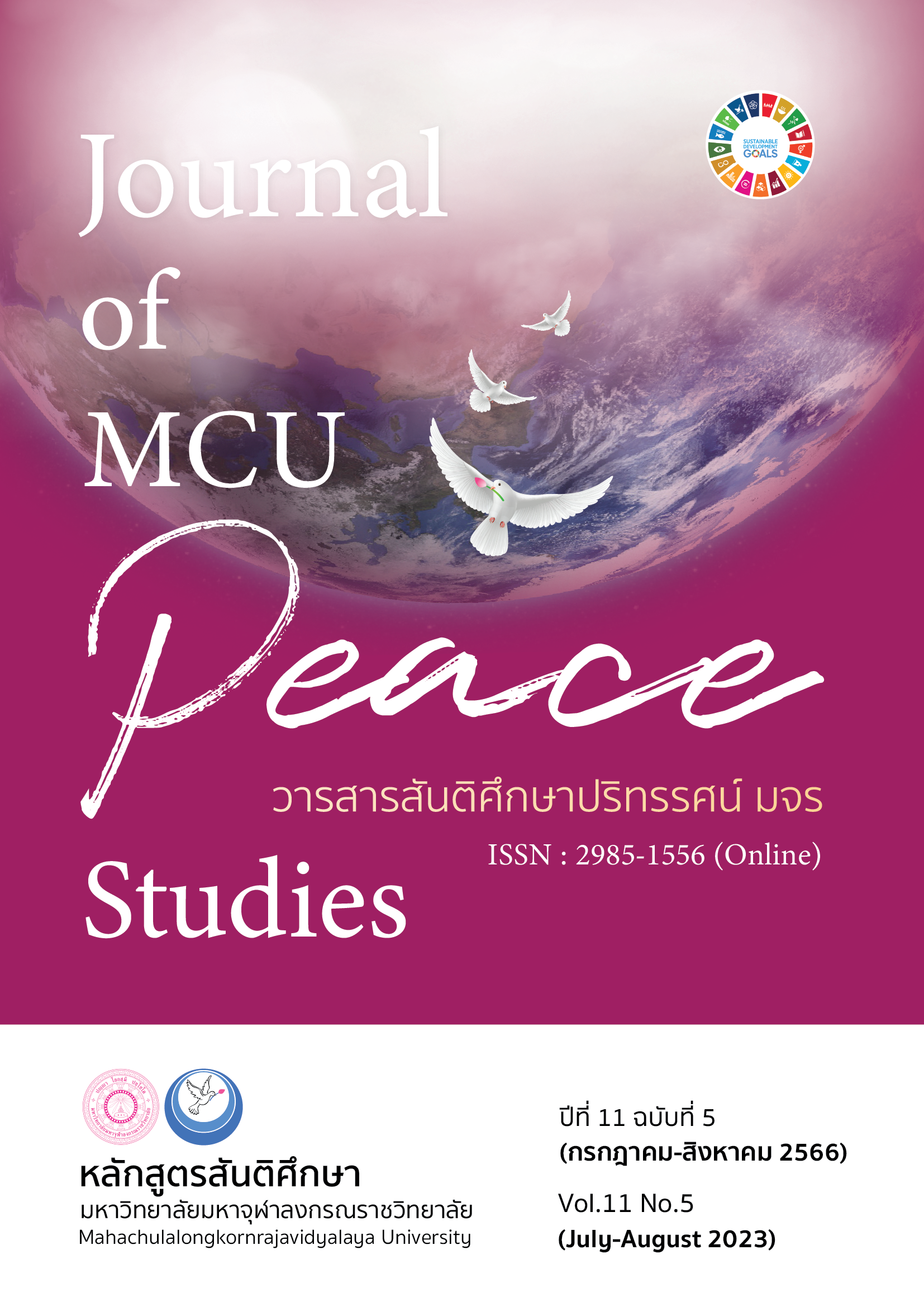Prevention Model for Excise Tax Illegal Tobacco Problems in the Border Areas of Thailand, Laos, and Cambodia
Main Article Content
Abstract
Research has the objectives as follows: 1) to study the situation of excise tax illegal tobacco problems in the border areas of Thailand, Laos, and Cambodia, 2) to develop the prevention model for excise tax illegal tobacco problems in the border areas of Thailand, Laos, and Cambodia. This development study employed both qualitative and quantitative techniques, conducted in Nam Yuen district, Ubon Ratchathani province, which has an area adjacent to the border Laos and Cambodia. In this research, a sample of 159 entrepreneurs was questioned and 15 related officials were interviewed. A total of 174 samples was analyzed and present with statistical and descriptive manners.
The results of the research showed that 1) the excise tax illegal tobacco problems in the border areas of Thailand, Laos, and Cambodia, was founded in 2 types of offenses: small-scale tobacco transport (Army of ants) and smuggling along the border without going through the checkpoint for border trade. Tobacco that caught were whether counterfeit or illegal. The motives for the offense have been the lack of knowledge of the law, illegal tobacco was cheaper, and easier access to illegal tobacco in the border areas. The research also found that there were more offenses in the sub-districts bordering Laos and Cambodia than the inner sub-districts. Especially Song sub-district in Nam Yuen district, which is the border area with Cambodia and has the checkpoint for border trade. 2) The creation of the prevention model for excise tax illegal tobacco problems in the border areas of Thailand, Laos, and Cambodia, should consist of 4 key elements: first, principles of prevention model that focusing on integration; second, defined purpose of the implementing format; third, the method of knowledge building, communication between all sectors for change, multilateral cooperation, ladder of participation, idea linking and reflection on the problems; and finally, determining the conditions for success.
Article Details

This work is licensed under a Creative Commons Attribution-NonCommercial-NoDerivatives 4.0 International License.
Views and opinions expressed in the articles published by The Journal of MCU Peace Studies, are of responsibility by such authors but not the editors and do not necessarily reflect those of the editors.
References
Beane, James A. (1991.). Curriculum Planning and Development. Boston: Allyn and Bacon.
Channgakham, P., Wongpit, P., & Lassachack, X. (2011). National Revenue Loss from Illicittobacco Tradein Lao PDR. Laos: Research of Department of Economics, Faculty of Economics and Business Management National University of Lao PDR.
Cumming, T. G., & Worley, C. G. (2013.). Organization Development and Change. (10th ed.). USA: Cengage Learning.
Curti, D. et al. (2018.). Tobacco Taxation, Illegal Cigarette Supply and Geography. BMJ Journals, 8(Sup1), S53-S60.
Excise Department. (2021.). Annual Report 2021. (1st ed.). Bangkok: Amarin Printing and Publishing Public Company Limited.
Haysom, S. (2019). The Illicit Tobacco Trade in Zimbabwe and South Africa. USA: Washington D.C.
Keane, R., & Adam M. (2017.). An Analysis of the Australian Illicit Tobacco Market. Journal of Financial Crime, 24(1), 35-47.
National Debt Resolution Commission. (2019.) Meeting Report. (1st ed.). Bangkok: National Debt Resolution Commission.
Puttichart, W. (2014). The Model for Drug Problem Prevention and Solution in Thai –Laos Border Villages. (Doctoral Dissertation). Graduate School: Ubon Ratchathani Rajabhat University. Ubon Ratchathani.
Tianam, N., Kwunnate, J., & Suchairatanachoke, A. (2018) The Solution of Smuggling and Consumption of Illicit Cigarettes by Thailand – Cambodia Border in Eastern Areas. (Research Report). Bangkok: Tobacco Control Research and Knowledge Management Center.

